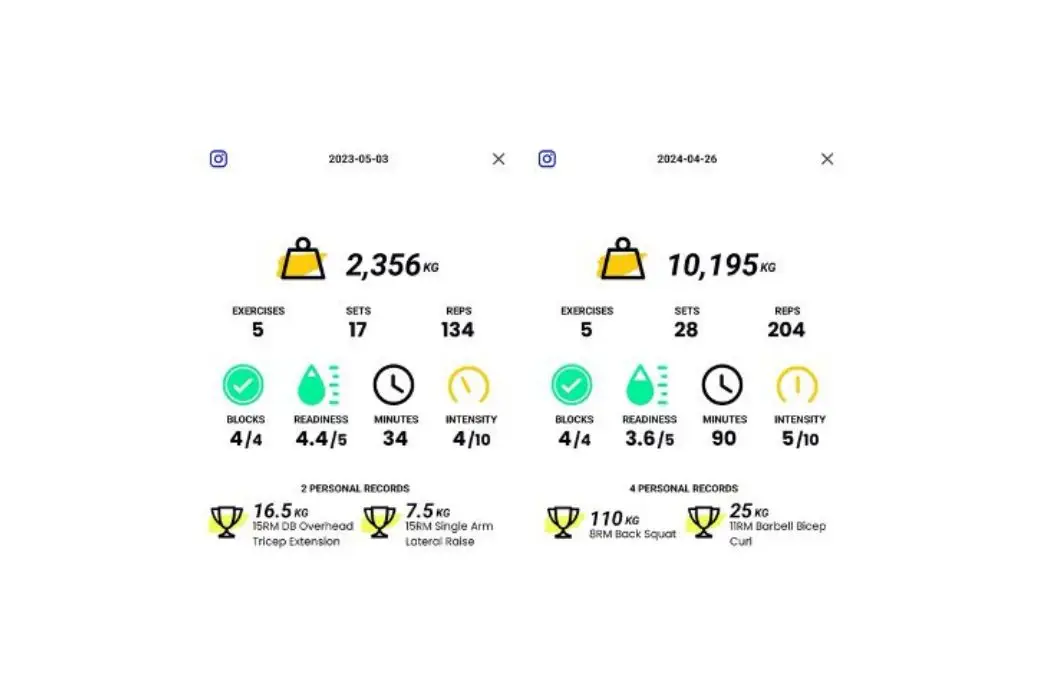When creating distribution plans for thought leadership content, make sure to include your own employees in the process. All too often, companies leave it to their employees to find published thought leadership on marketing channels. Some attempt to share with employees on an internal communications platform such as an intranet or Slack. These efforts seemingly treat employee engagement as an afterthought.
There are several reasons why thoughtful planning for internal distribution makes sense. These plans should include everyone, even employees with no direct client- or customer-facing role.
Internal distribution of thought leadership sends an important signal about company culture. It reinforces essential principles by saying that thinking and insight are part of how a company works, that innovation is a priority, and that knowledge sharing is inherent to company culture.
Thought leadership also creates internal alignment by reinforcing a company’s brand and bringing it to life. It provides a steady stream of examples of what a company stands for in the world and what makes it unique in its market.
Internal thought leadership campaigns also support professional development. More junior employees learn from the best by getting frequent exposure to rising, valued company leaders across the organization, rather than only from the top. High-quality thought leadership stimulates aspiration through admiration.
Finally, employees can become powerful advocates and amplifiers of thought leadership. Beyond merely sharing thought leadership with employees, companies should also encourage them to share it more widely, with business contacts, with clients, and on social media. Give them easy tools such as shareable posts, language for e-mails to send, and explicit, encouraging guidelines to help get company thought leadership out into the world.
The payoff can be astounding. Research by MSLGroup found that marketing messages reach 561% more people when shared directly by employees.
For these reasons, companies should devote as much time, energy, and creative thinking to building employee advocacy as they do to building external engagement. Thought leadership planning can include distribution plans, messaging, and even internal segmentation to share it in a targeted way (for example, across departments or business units). Such efforts support important cultural goals while at the same time fueling external marketing goals.




